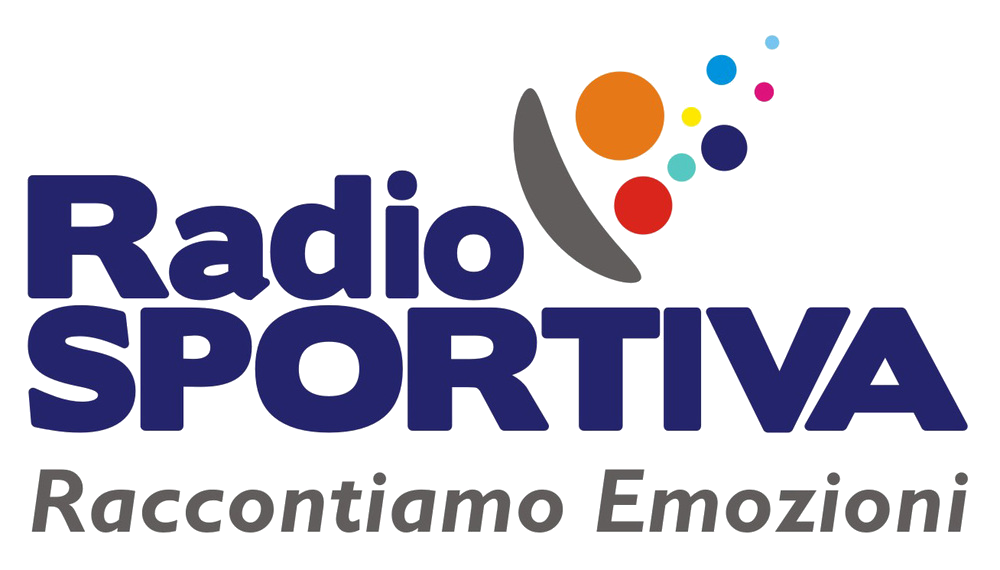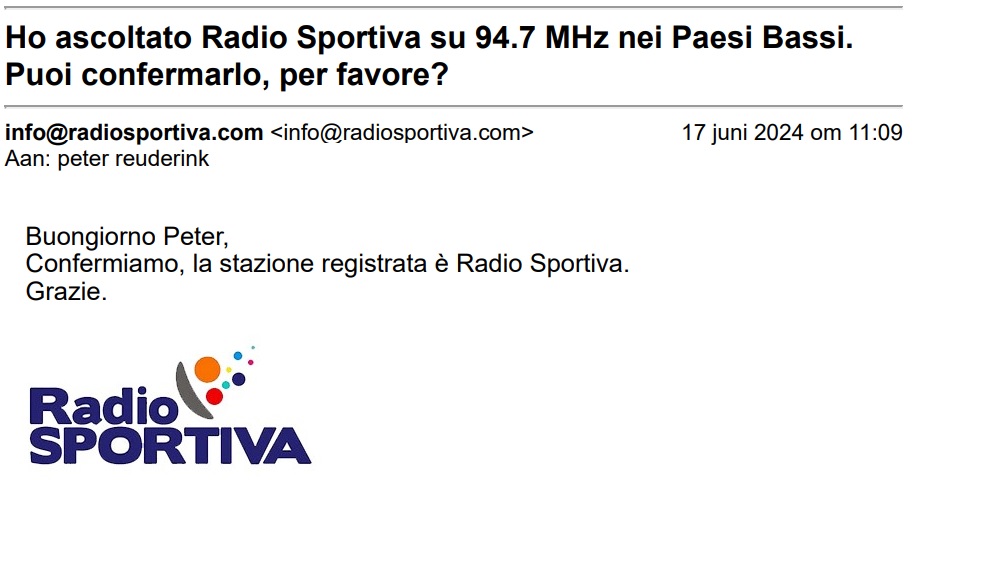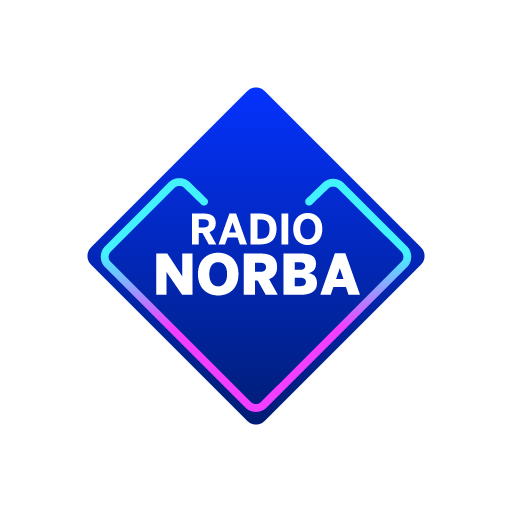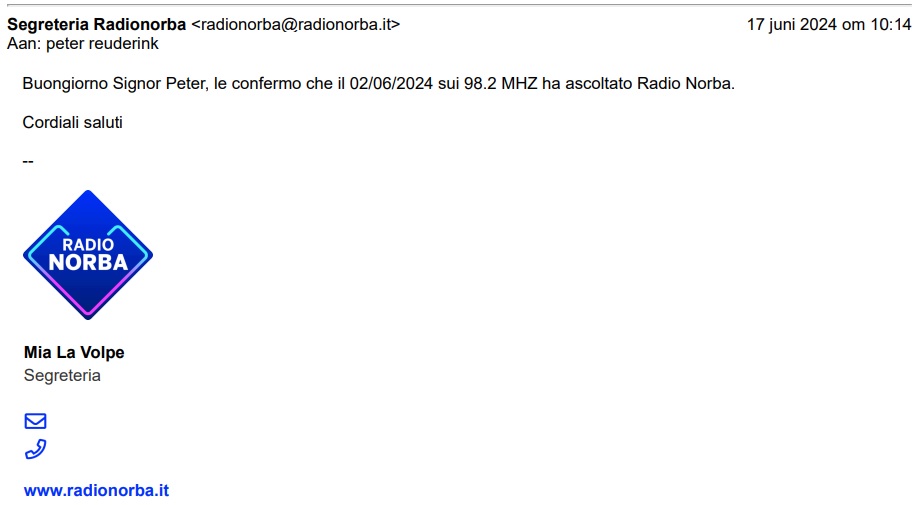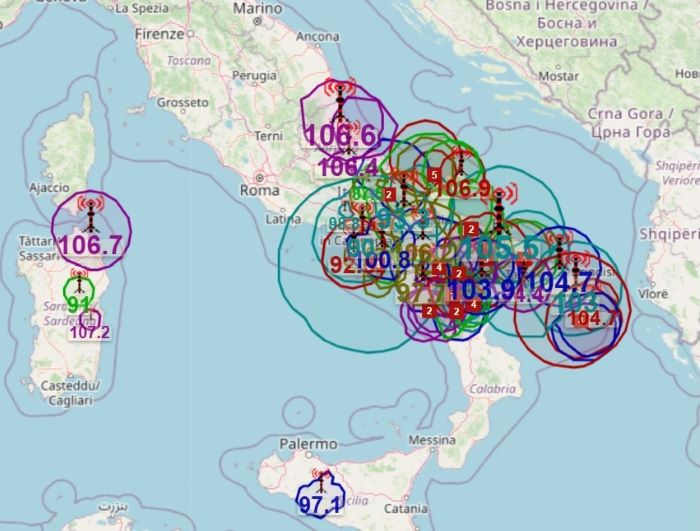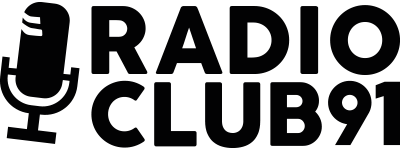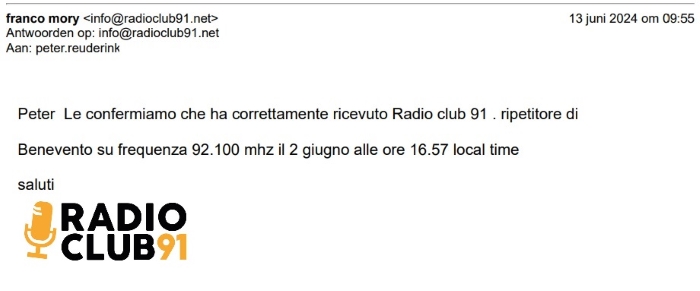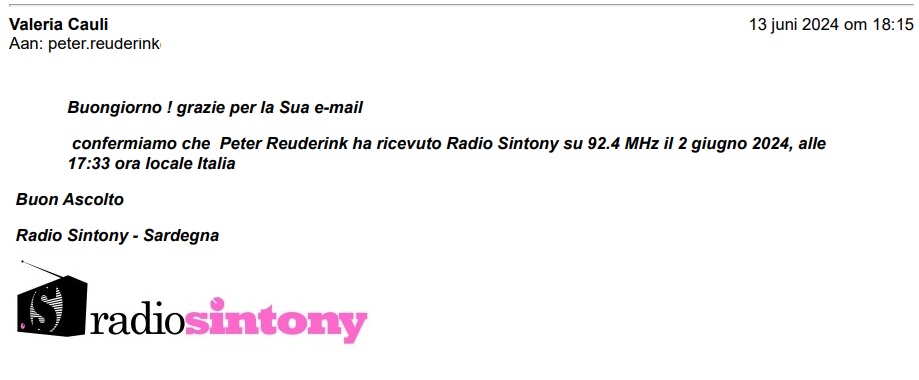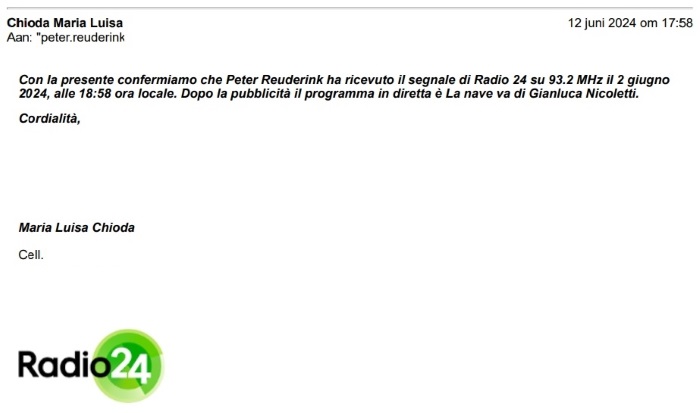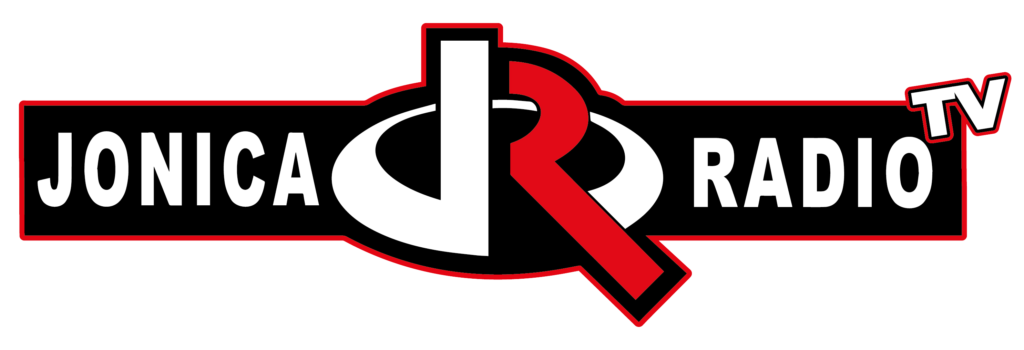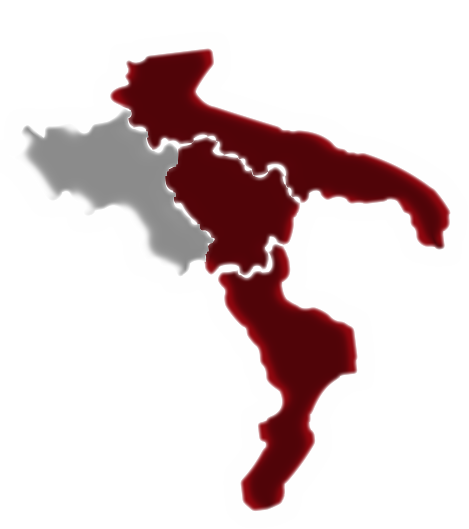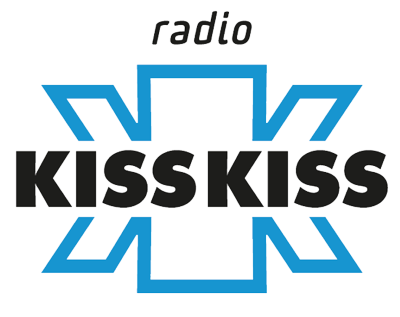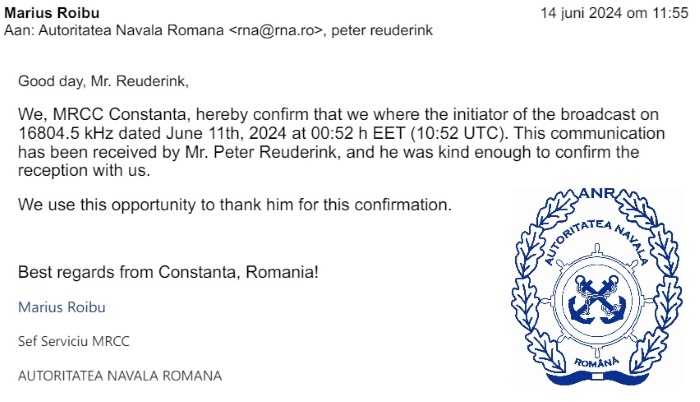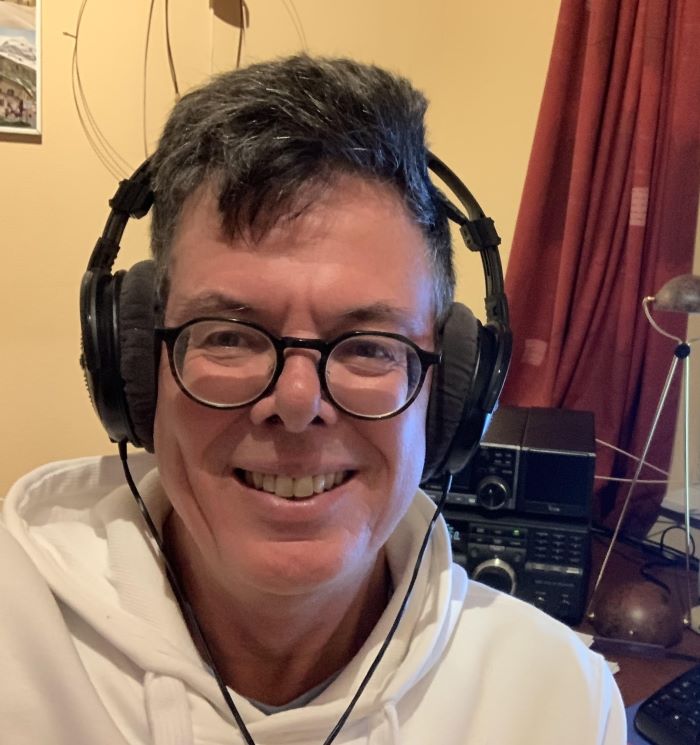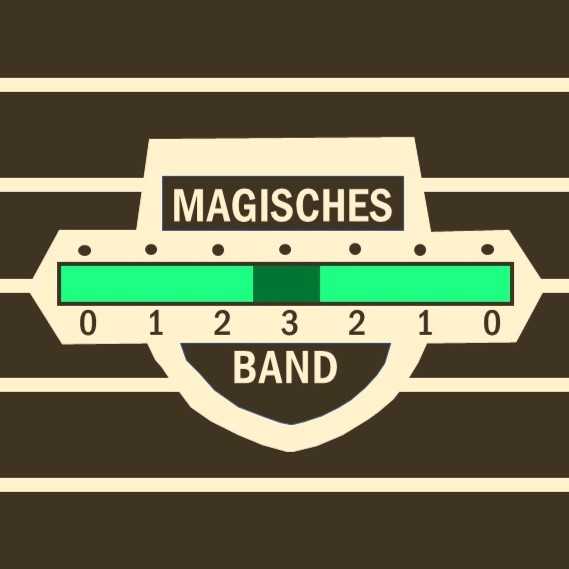
I heard RTL 102.5 on 102.3 MHz… Despite its name, this radio station from Italy is not endorsed or affiliated with the RTL group from Luxembourg. It has an Italian owner and RTL is an acronym of Radio Trasmissioni Lombarde. RadioFreccia, my first Sporadic E station I received since years, is also part of the RTL 102.5 group.

Armando Finocchi was so kind to confirm my reception report. There are multiple RTL 102.5 stations on this frequency, but Armando suggests it might have heard the transmitter at Monte Faito with 158 kW. I have learned that power means nothing during Sporadic E openings… but Monte Faito is situated close to Salerno and Napoli. And as I received mainy stations from this area during the June 2nd opening I guess he is right.
